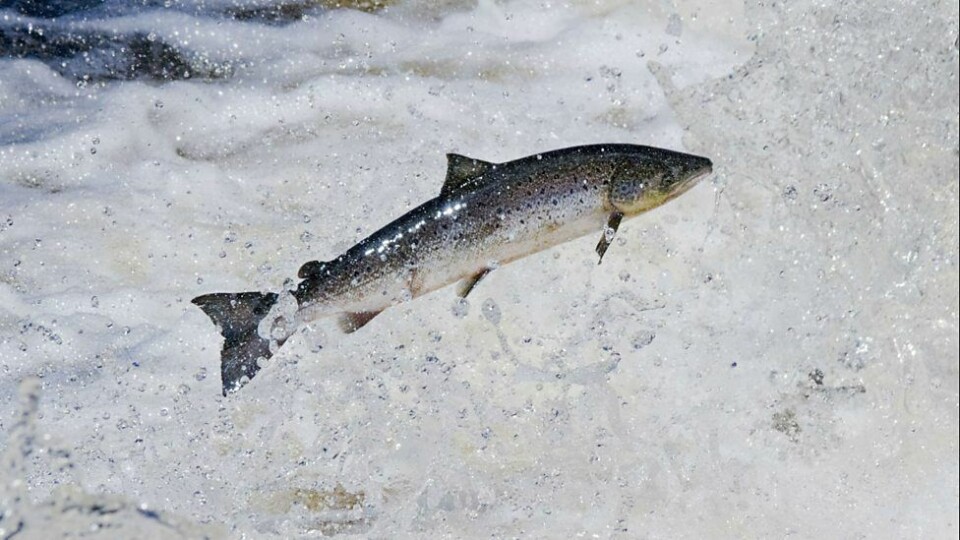
Scotland pledges another £500,000 to save wild salmon
Scotland’s Rural Affairs Secretary Mairi Gougeon will today officially announce the award of £500,000 of funding to support the development of wild salmon conservation measures.
The money will be used for two projects, the National Adult Sampling Plan which provides crucial data on wild salmon stock and the development of a standardised fisheries management plan template which can be used by all the fisheries management areas in Scotland.
It follows the publication of the Scottish Government’s Wild Salmon Strategy which aims to bring the wild salmon population in Scotland back from crisis point. The strategy outlines the pressures that the government believes have caused a big drop in the numbers of wild salmon returning to Scottish rivers to spawn, including the possibility of introgression between wild fish and escaped farmed salmon.
Collective action
Gougeon will confirm the funding as part of a speech to international delegates and Scottish stakeholders at the North Atlantic Salmon Conservation Organisation (NASCO) annual meeting this evening.
“I am looking forward to addressing NASCO delegates conference and highlighting the significant work that is being done in Scotland to reverse the decline in wild salmon stocks,” said Gougeon in a press release.
“In addition to the measures we will take in Scotland, we are committed to supporting and pushing forward collective action in the international arena, so the young salmon leaving our rivers survive the many challenges they face on the high seas to return to their home river to spawn the next generation.
“Recently published salmon fishery statistics continue to confirm the downward trend in the numbers of wild salmon returning to Scottish rivers and we must now reinvigorate our collective efforts to ensure a positive future for the species.
Climate change
“Although the pattern of decline is repeated across the salmon’s North Atlantic range, with climate change a significant factor, there remains much that we can do in our rivers, lochs and coastal waters to seek to build resilience and transform the fortunes of this iconic fish.
“Only by acting together, at home and overseas, and applying our collective resource, knowledge and expertise can we hope to change the fortunes of this iconic and vital species.”
Of the £500,000 coming from the taxpayer, £300,000 will go to further develop a National Adult Sampling Programme which aims to give a clearer picture of the number, size and health status of returning salmon.
The other £200,000 (including £100,000 from Crown Estate Scotland) to develop a standardised fisheries management plan template which can be used by all the fisheries management areas in Scotland. The plans will allow data to be collected on environmental characteristics of the area; the status of the fish populations – salmon and sea trout; the pressures facing wild salmon in the area; current actions and future management options to protect and restore the fish and fisheries.






















































